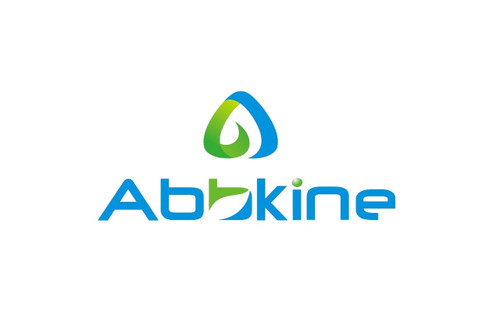Product Description
Mouse Phospholipase A-2-activating protein (PLAA) ELISA Kit | AE27173MO | Abebio
Species Reactivity: Mouse (Mus musculus)
Abbreviation: PLAA
Alternative Name: DOA1; FLJ11281; FLJ12699; PLA2P; PLAP; DOA1 homolog|phospholipase A2 activating protein
Application: ELISA
Range: 0.312-20 ng/mL
Sensitivity: 0.105 ng/mL
Intra-Assay: ≤5.9%
Inter-Assay: ≤8.3%
Recovery: 1, 05
Sample Type: Serum, Plasma, Other biological fluids
Detection Method: Sandwich
Analysis Method : Quantitive
Test Principale: This assay employs a two-site sandwich ELISA to quantitate PLAA in samples. An antibody specific for PLAA has been pre-coated onto a microplate. Standards and samples are pipetted into the wells and anyPLAA present is bound by the immobilized antibody. After removing any unbound substances, a biotin-conjugated antibody specific for PLAA is added to the wells. After washing, Streptavidin conjugated Horseradish Peroxidase (HRP) is added to the wells. Following a wash to remove any unbound avidin-enzyme reagent, a substrate solution is added to the wells and color develops in proportion to the amount of PLAA bound in the initial step. The color development is stopped and the intensity of the color is measured.
Product Overview: Phospholipase A2-activating protein (PLAP) is potentially important in regulating the inflammatory response through its activation of phospholipase A2, which catalyzes the release of arachidonic acid. By screening a human monocyte cDNA library with a mouse Plap cDNA, Chopra et al. (1999) isolated human PLAP cDNAs. The 738-amino acid human PLAP protein predicted by the cDNA sequence has a molecular mass of 80, 826 kD; however, immunoblot analysis using antibodies against PLAP detected a 72- to 74-kD protein in human monocyte cell lysates. In mouse macrophages, an antisense Plap oligonucleotide blocked cholera toxin-induced arachidonic acid release, indicating a role for PLAP in the regulation of phospholipase A2 activation.
Stability: The stability of ELISA kit is determined by the loss rate of activity. The loss rate of this kit is less than 5% within the expiration date under appropriate storage condition. The loss rate was determined by accelerated thermal degradation test. Keep the kit at 37°C for 4 and 7 days, and compare O.D.values of the kit kept at 37°C with that of at recommended temperature. (referring from China Biological Products Standard, which was calculated by the Arrhenius equation. For ELISA kit, 4 days storage at 37°C can be considered as 6 months at 2 - 8°C, which means 7 days at 37°C equaling 12 months at 2 - 8°C) .
 Euro
Euro
 USD
USD
 British Pound
British Pound
 NULL
NULL








